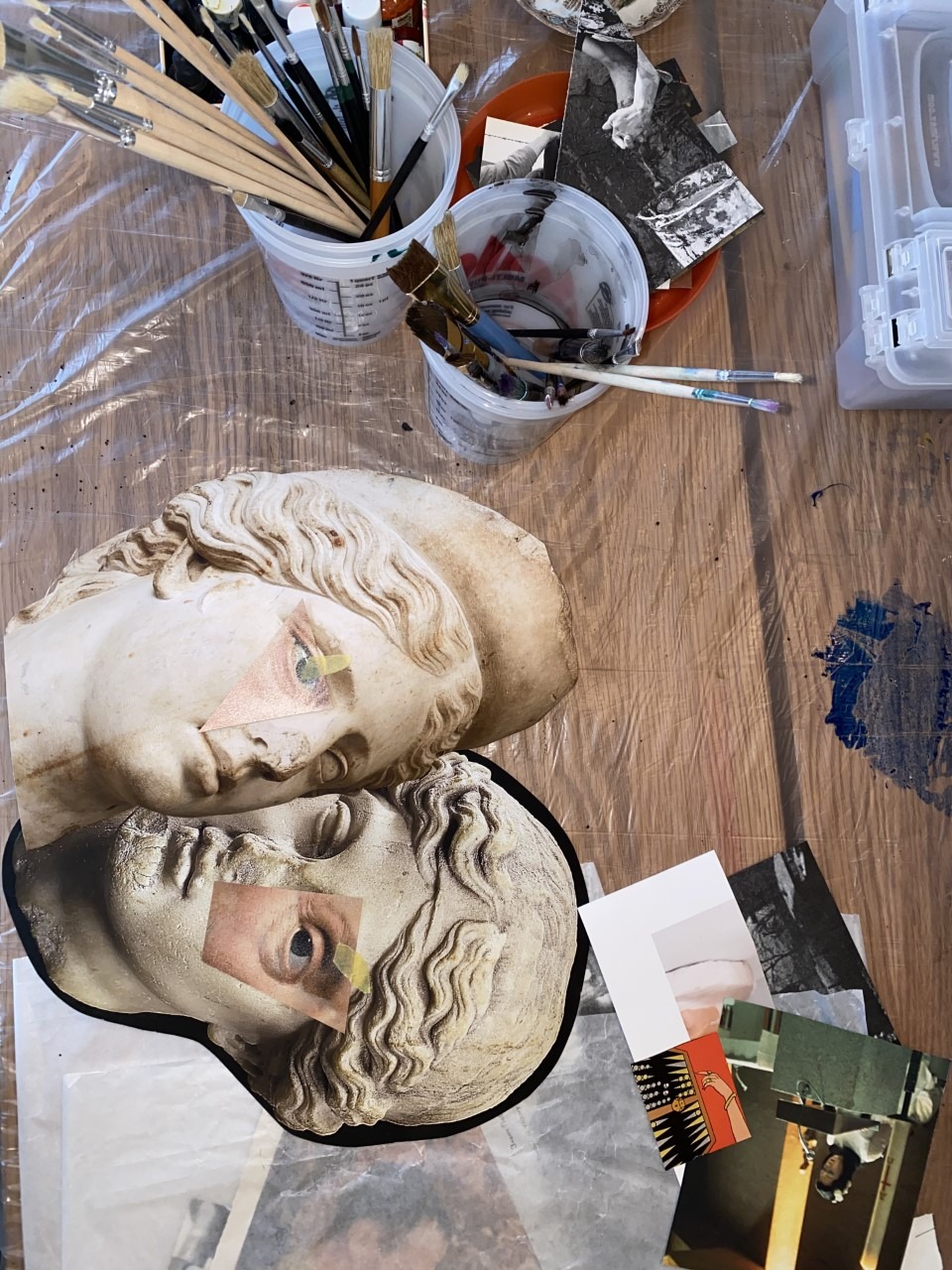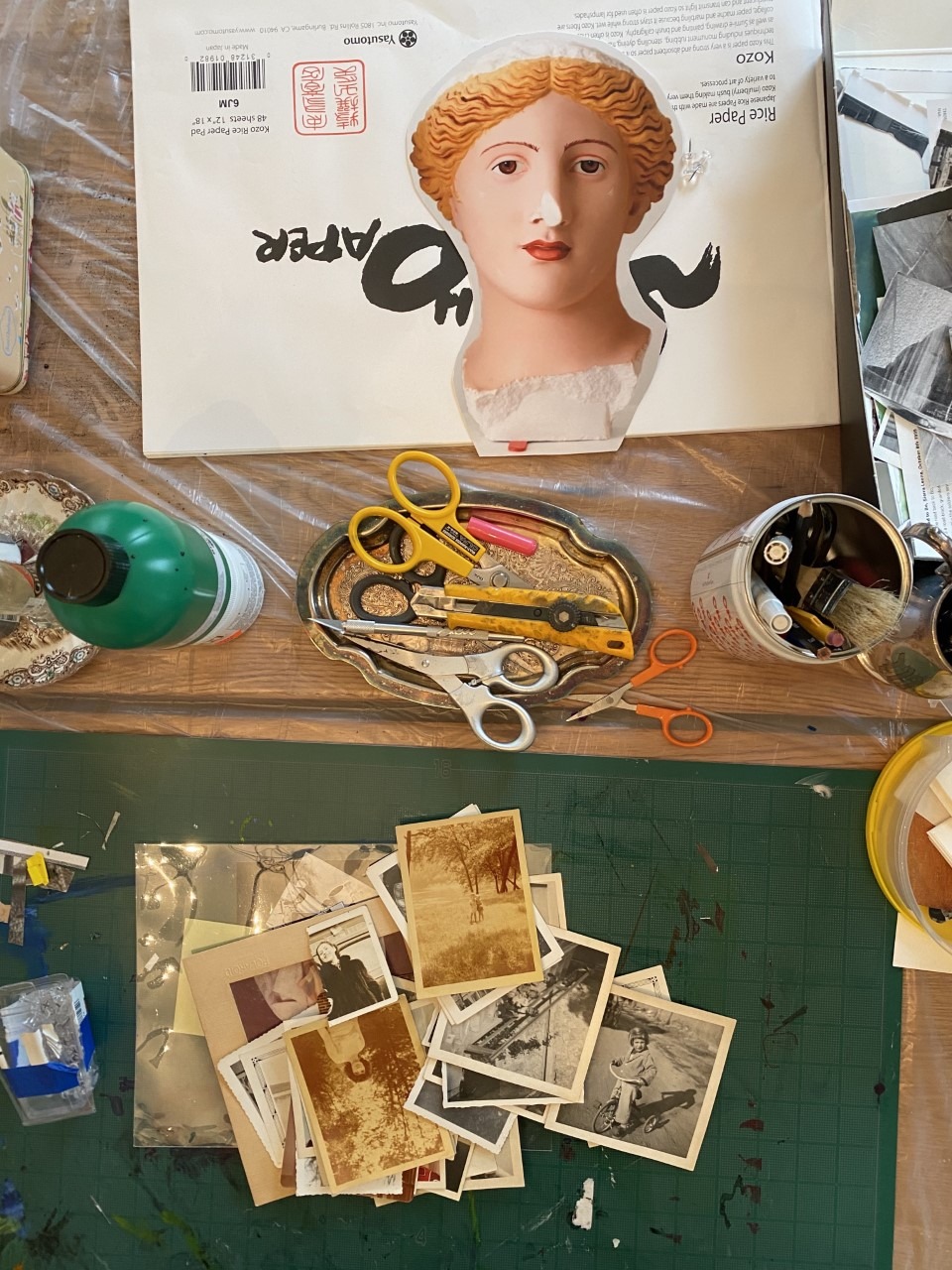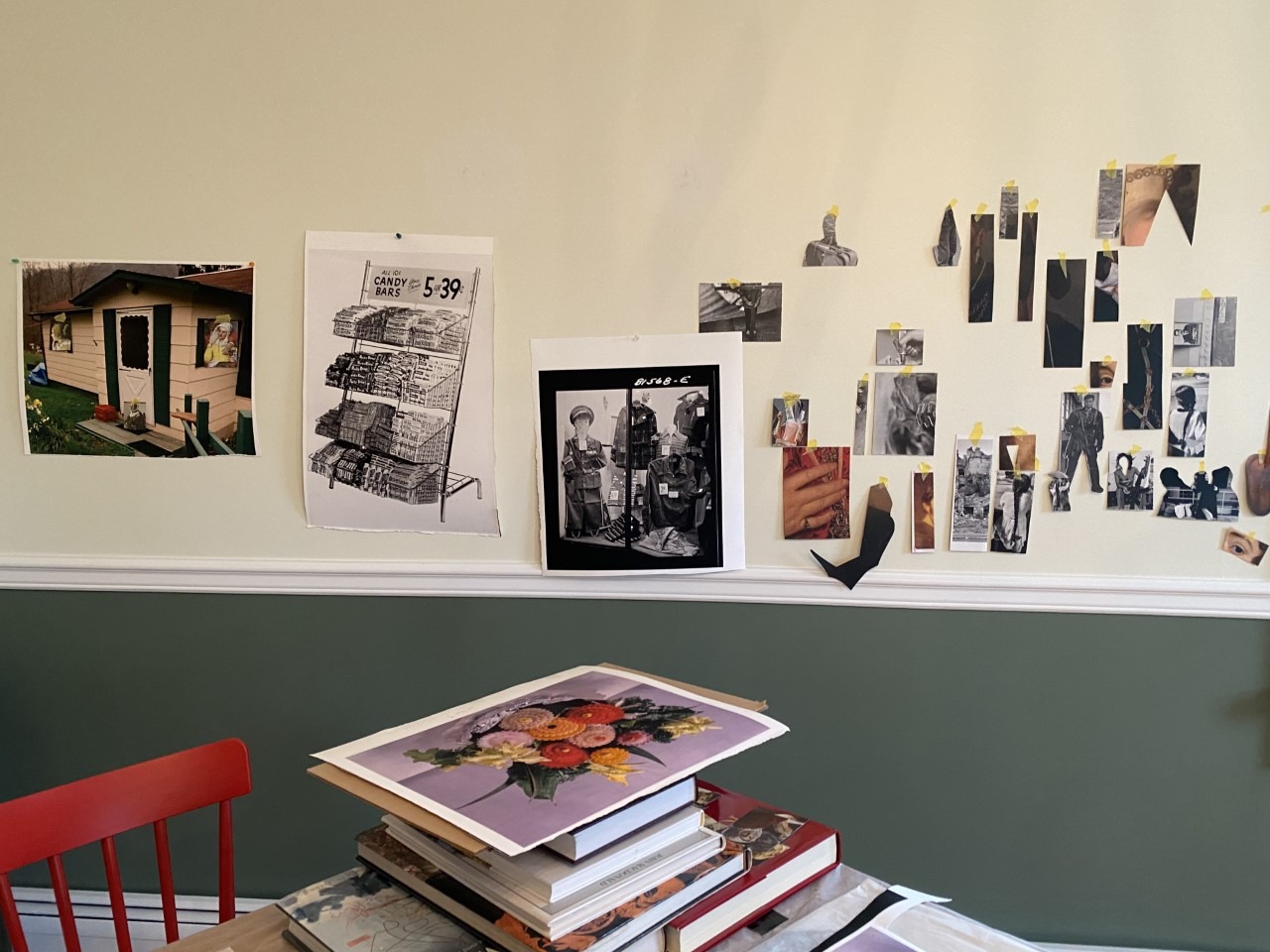
What artists are doing now. Rachel Libeskind in USA countryside
An inspiration and mutual solidarity project for the creative industries
In the current situation, clearly our top priority is to take care of our families, friends and fellow citizens. Nevertheless, while public life is paralyzed and museums, galleries and cultural institutions are closed, in many of us neither the urge to work nor the creative spark have disappeared. In fact, quite the opposite is happening in what is turning out to be a time that befits self-reflection and the generation of new ideas for the future. Although we are at home and self-isolating, we all – artists, creatives and Arterritory.com – continue to work, think and feel. As a sort of gesture of inspiration and ‘remote’ mutual solidarity, we have launched the project titled What Artists Are Doing Now, with the aim of showing and affirming that neither life nor creative energy are coming to a stop during this crisis. We have invited artists from all over the world to send us a short video or photo story illustrating what they are doing, what they are thinking, and how they are feeling during this time of crisis and self-isolation. All artist stories will be published on Arterritory.com and on our Instagram and Facebook accounts. We at Arterritory.com are convinced that creativity and positive emotions are good for the immune system and just might help us better navigate through these difficult times.
From her studio in USA countryside, Milan-born, USA-based artist Rachel Libeskind answers a short questionnaire by Arterritory.com:
Are you working on any projects right now in your studio? If so, could you briefly describe them?
Since I am not working in my usual studio but in one I set up at home, I have had to completely adapt my practice.
Shortly before the news of this pandemic began to sink in, I was planning a move to Berlin with my family this summer.
Since that is now totally up in the air, I have had to re-think how I'm making work. I don't know where I'll be in the next few months.
I have decided to go back to what I know; my visual roots have always been in a collage practice – working with found images, a scanner, a printer and some glue, I have been able to start a new body of work that feels authentic to my context and the uncertainty of my future. I am also working on a video project for Signs & Symbols gallery in New York (that will premiere June 11th).
What is your recipe for survival in a time of almost only bad news?
I think it's imperative to create a routine for oneself. This is hard for me, since I'm not really a routine person.
Having a child makes keeping a routine much easier (anyone who has a kid will understand this).
I try to keep my living and working environment in good condition, since I am spending all of my time here.
That means I spend every part of my day cleaning something or keeping myself busy with some kind of home improvement endeavour.
A daily practice of exercise and reading has helped me from going crazy.... but most importantly, nooks have been a place of great refuge for my brain during quarantine. Life goes on, ideas go on, literature continues to prove its utmost importance in humanity.
What is something that we all (each of us, personally) could do to make the world a better place when this disaster comes to an end? It is clear that the world will no longer be the same again, but at the same time...there is a kind of magic in every new beginning.
I think that the pause in travel is meaningful. We have all become accustomed to the immediacy of getting on a beloved airplane – but given the consequences of cheap and readily available air travel, maybe it makes more sense to take fewer trips for longer periods of time. We have to re-think how we want to inhabit our intimate space versus the realm of tourism.
I also hope that I (and all of us living in the USA) can support a better organization of essential workers here in the United States. Those who have had to stay at work during this time are also those who are paid the least, and receive little to none of the social safety net. When this is over, I hope to stand behind these essential workers and help them achieve adequate pay and benefits.
The art world and the culture sector are among those most affected. What is the main lesson the art world should learn from all this? How do you imagine the post-apocalyptic art scene?
I believe in slowing down. This experience has showed me how much a pause was needed for the art world. We don't need to be running from fair to fair to opening to opening, living on a hamster wheel of artistic content creation. Exhibitions and performances need time for the viewer to digest! We cannot just continue to consume culture at a rate where it becomes empty consumption because we lack the time and bandwidth to process it. But art also thrives in these circumstances; there is such an individual reaction and circumstance to a global pandemic that each artist's experience and articulation of it is a historical document. The versatility of showing work on the internet during this period has definitely cemented the usefulness of this technology for all art makers, dealers, and consumers.







***
Rachel Libeskind was born in Milan in 1989. She is a prolific maker, pioneering the fields of collage, drawing, painting and video. Daughter of the architect Daniel Libeskind, Rachel Libeskind was educated in Berlin and New York. She completed her B.A. at Harvard in 2011.
Libeskind possesses an encyclopedic visual vocabulary. Her database of images encompasses fine art, socialist propaganda and historical tomes, clips from pop culture and retro porn. By cutting up and manipulating these images in her work, Libeskind distorts and interrupts their obvious symbolism. Feeding instead on abstraction, shape, color and composition, she recapitulates a radical version of history through collage and paint.